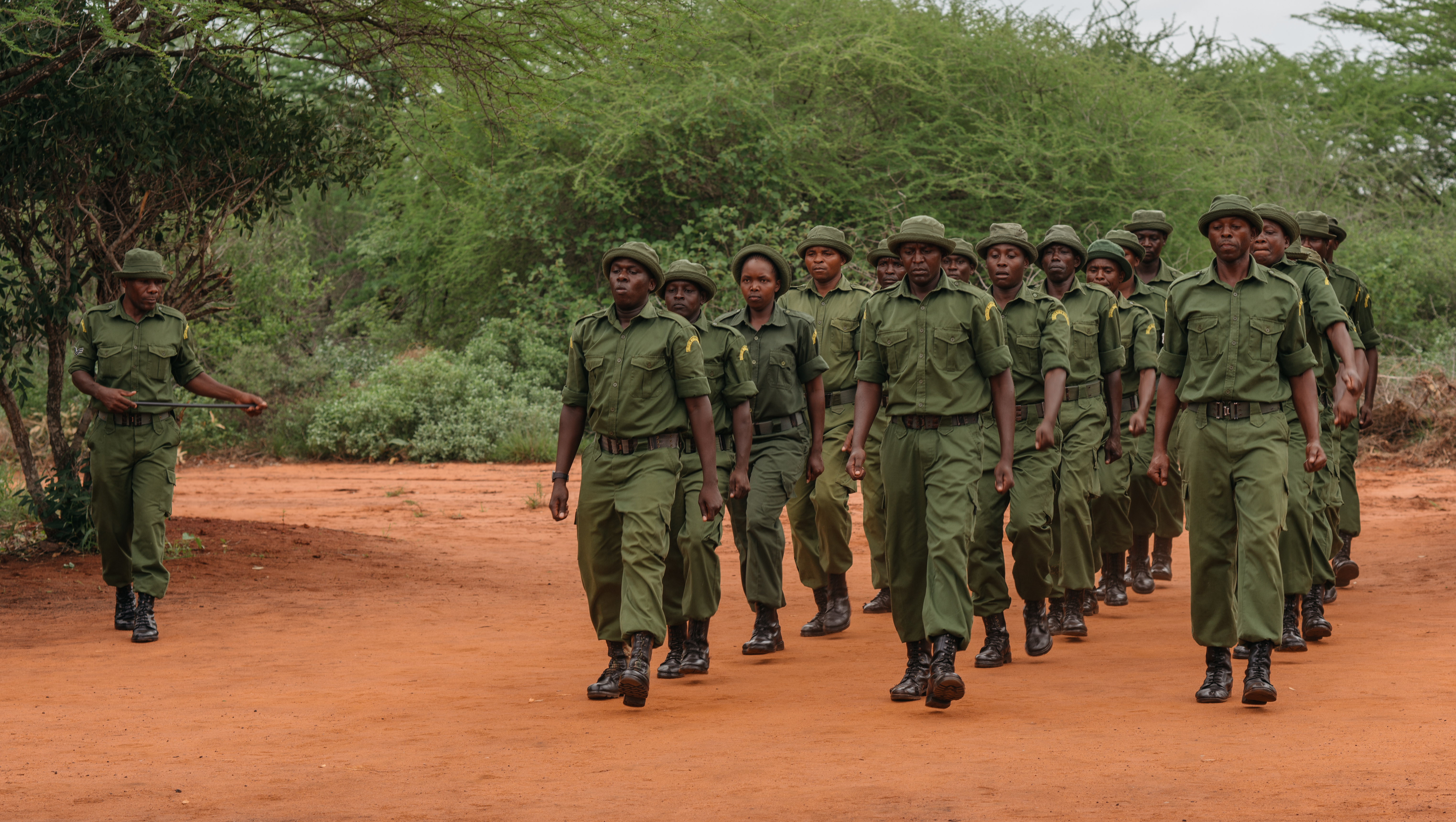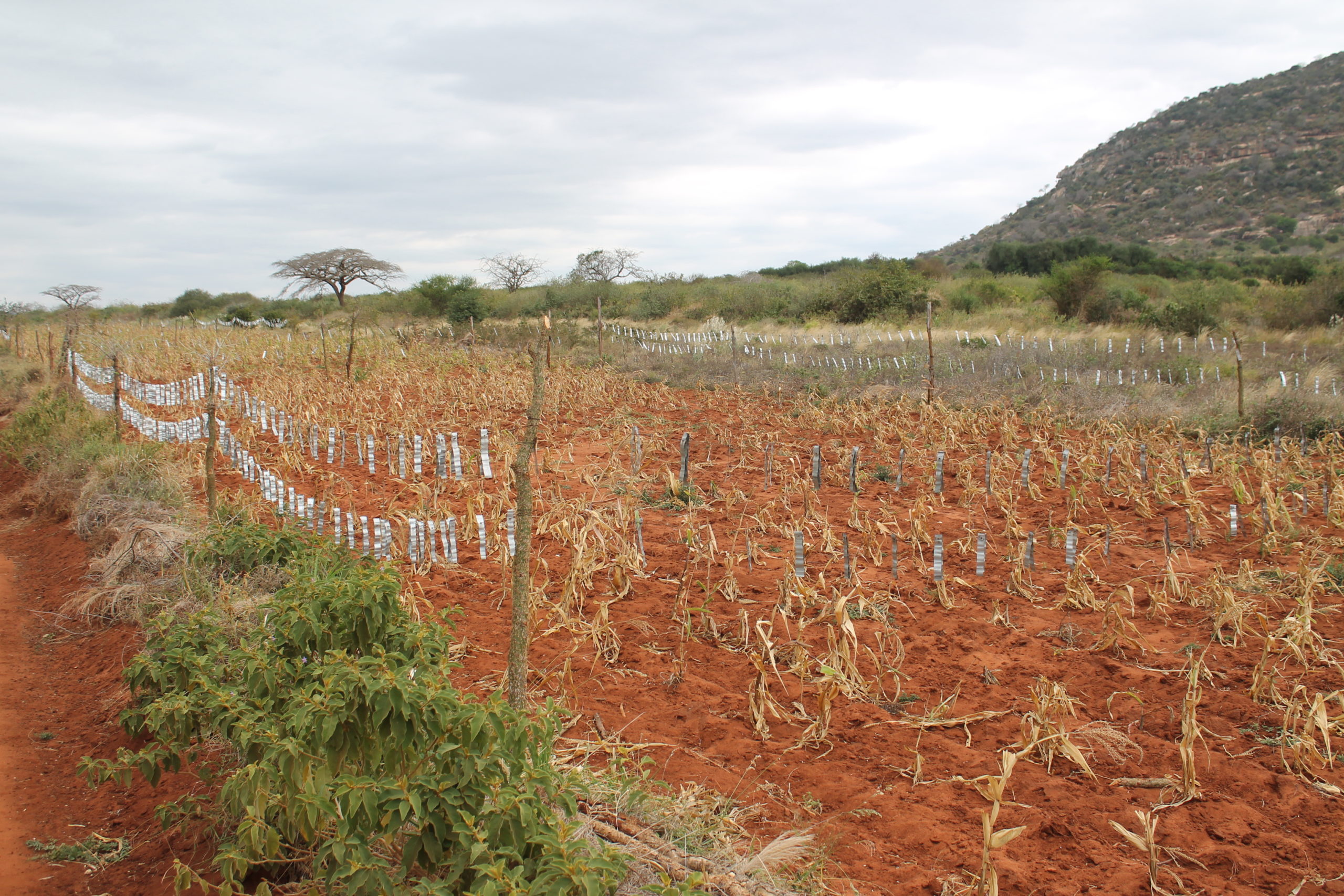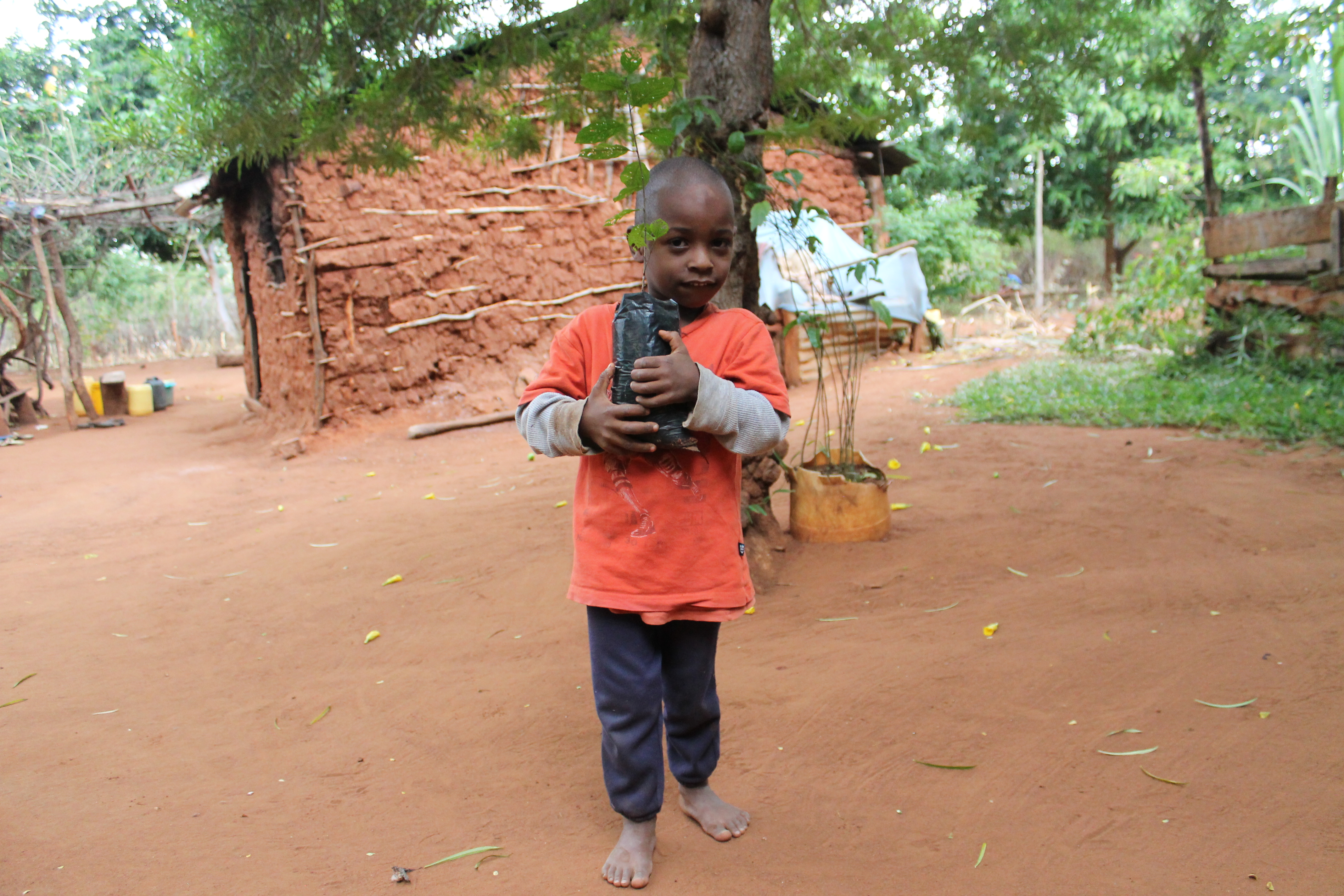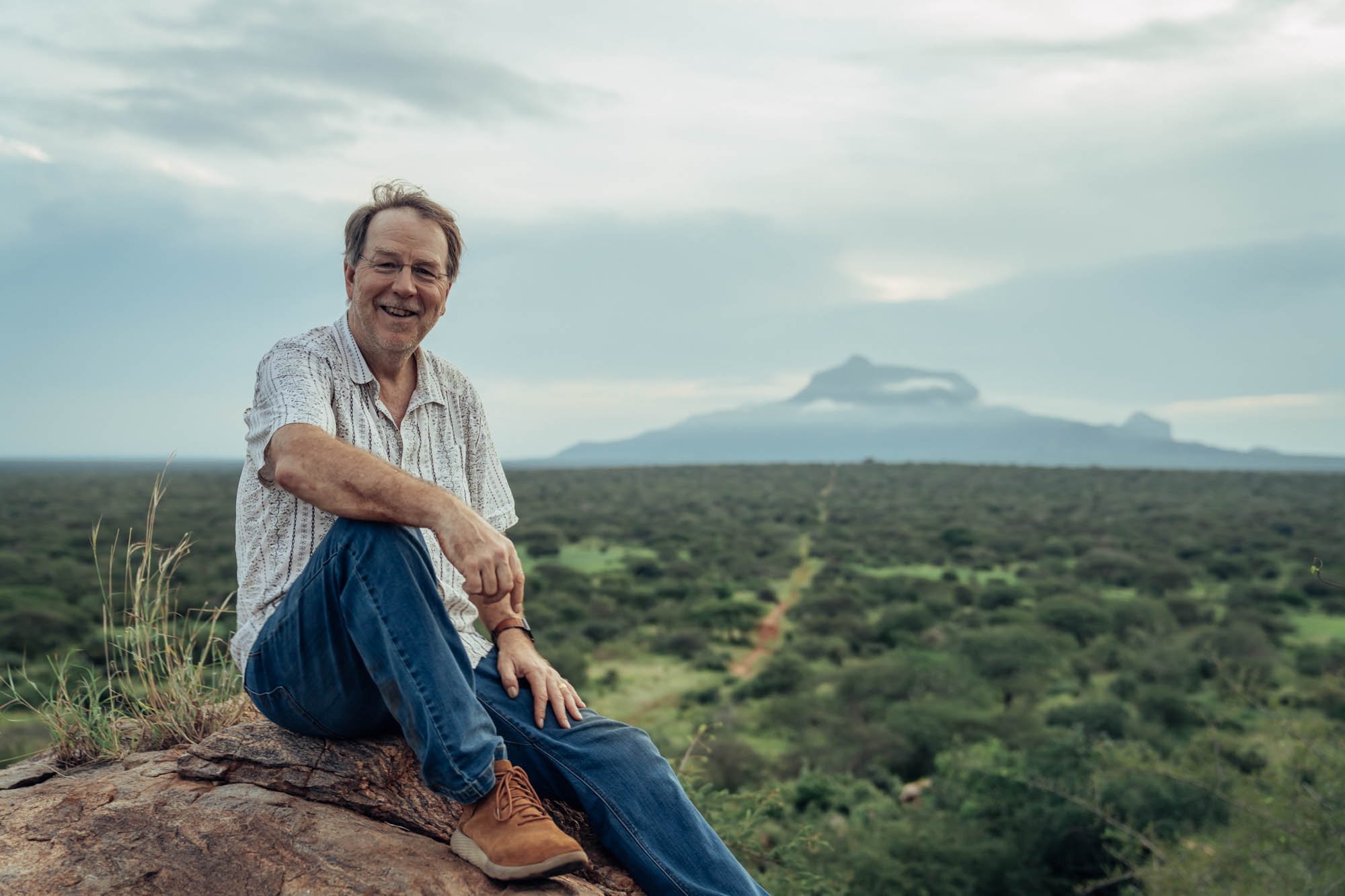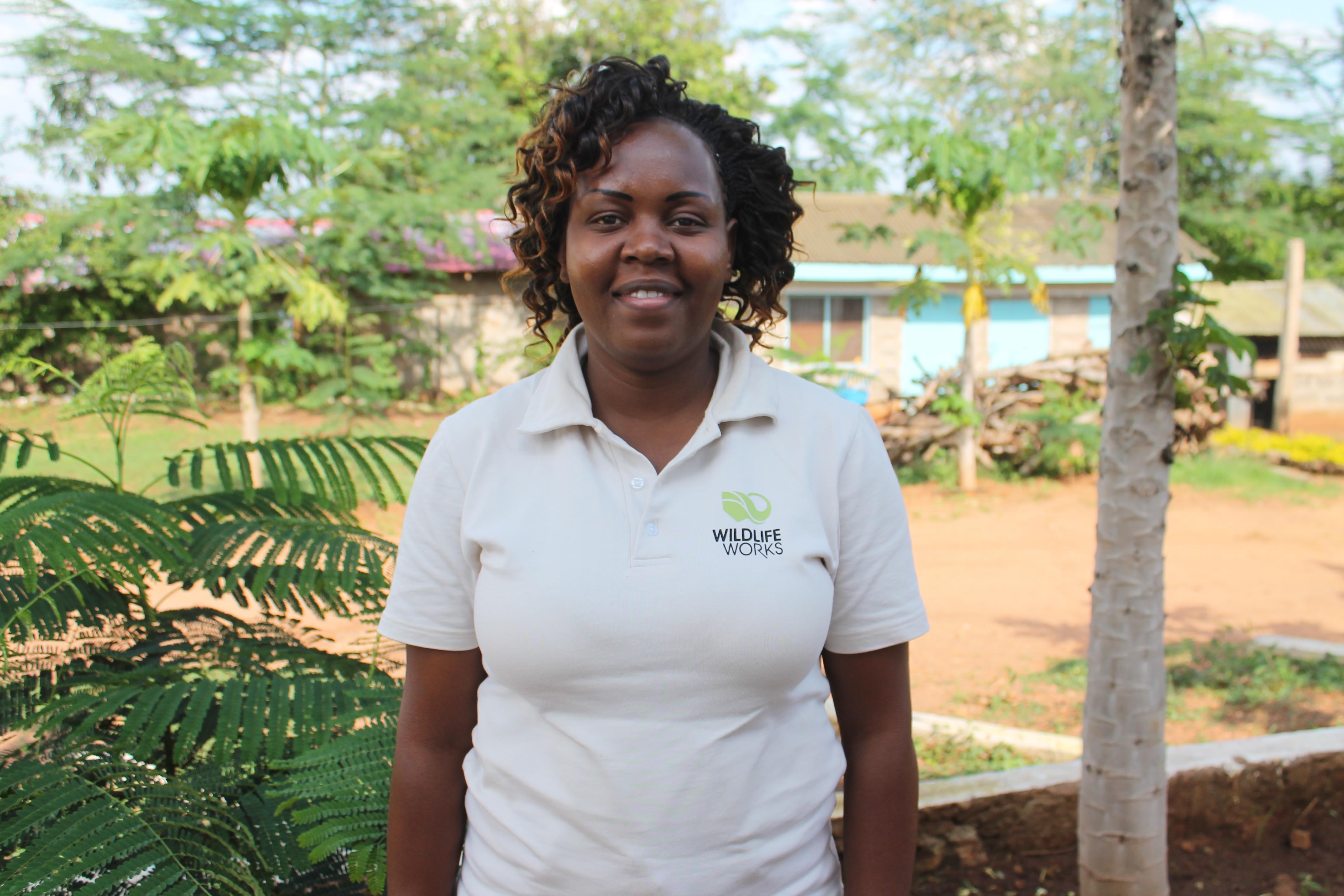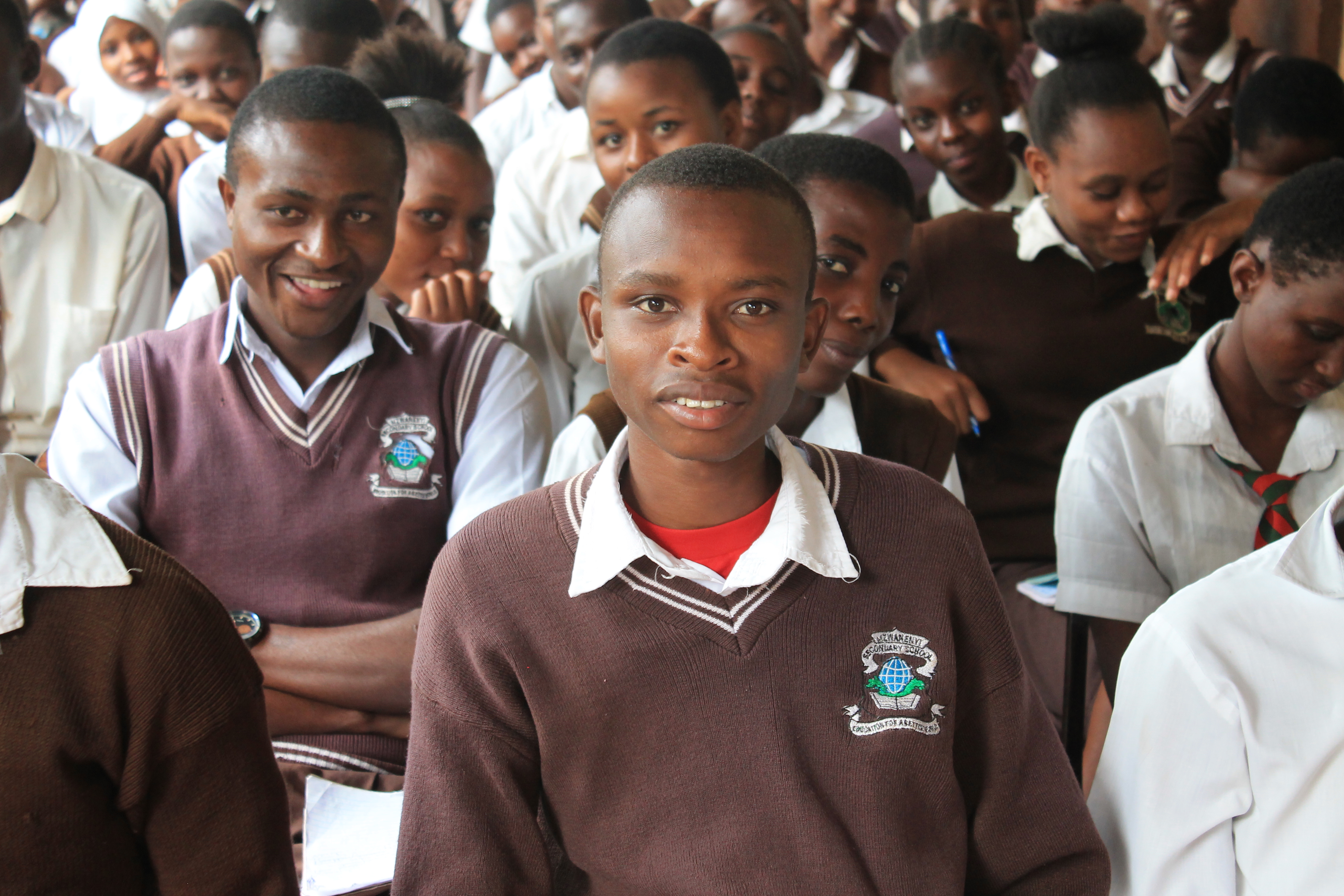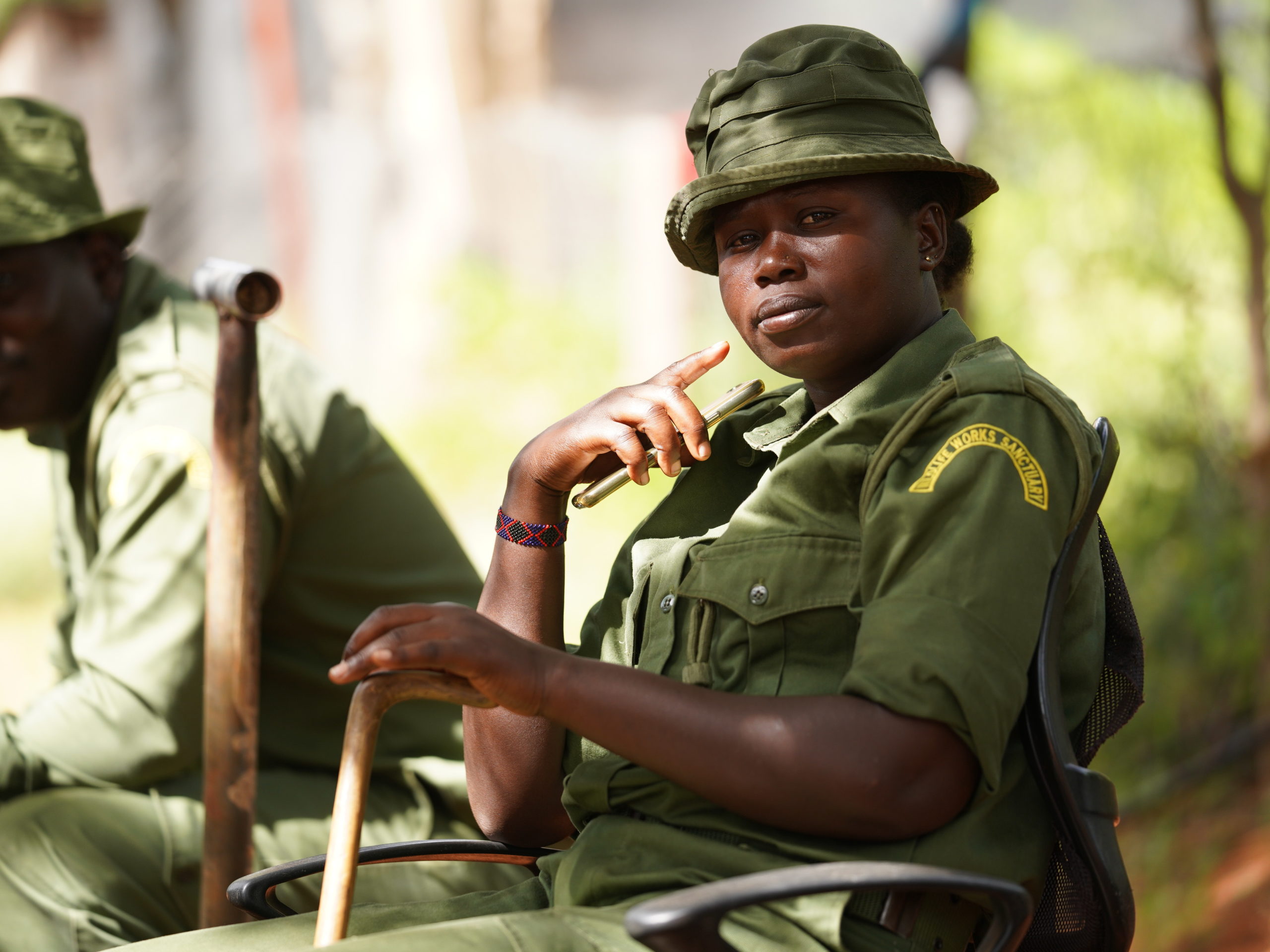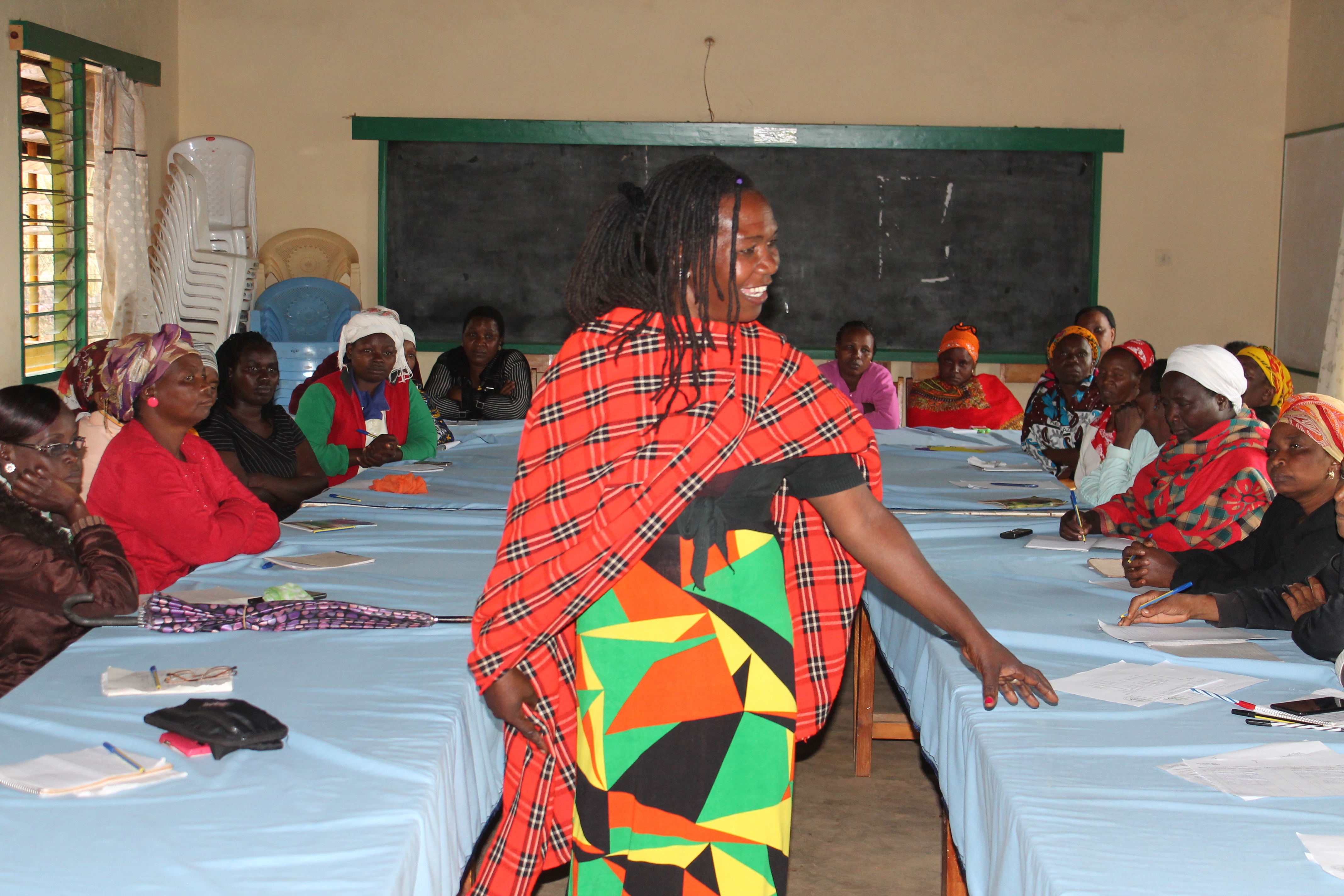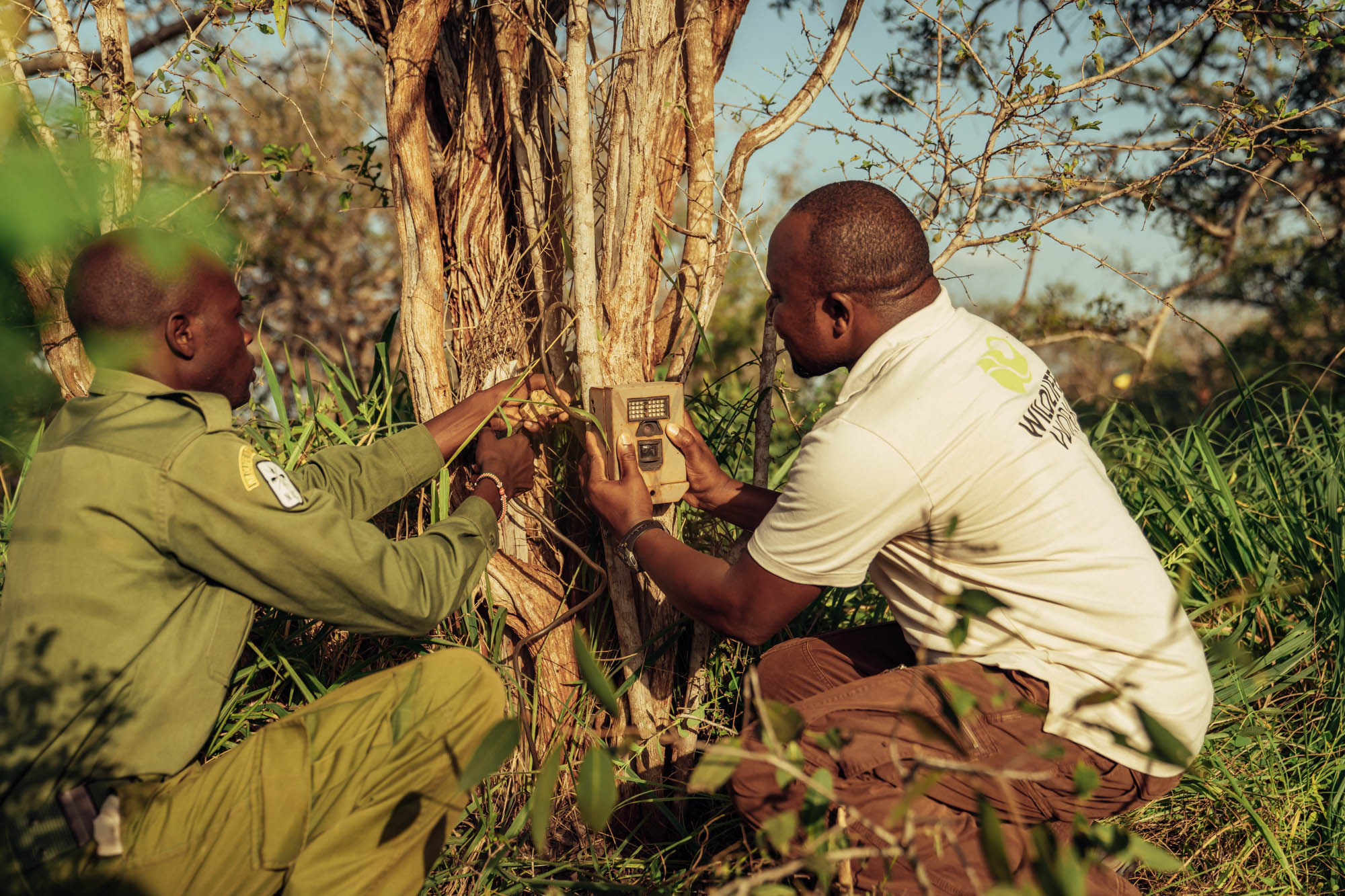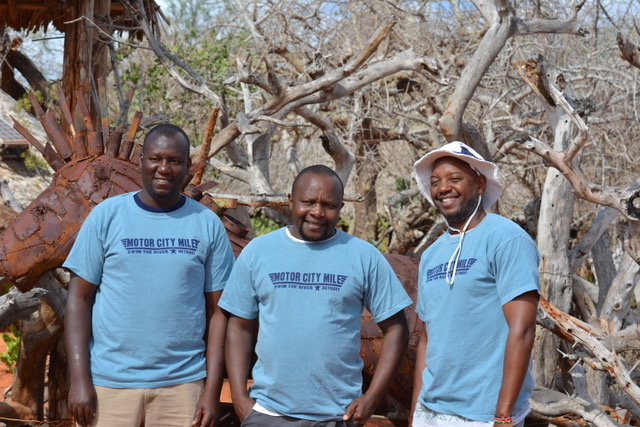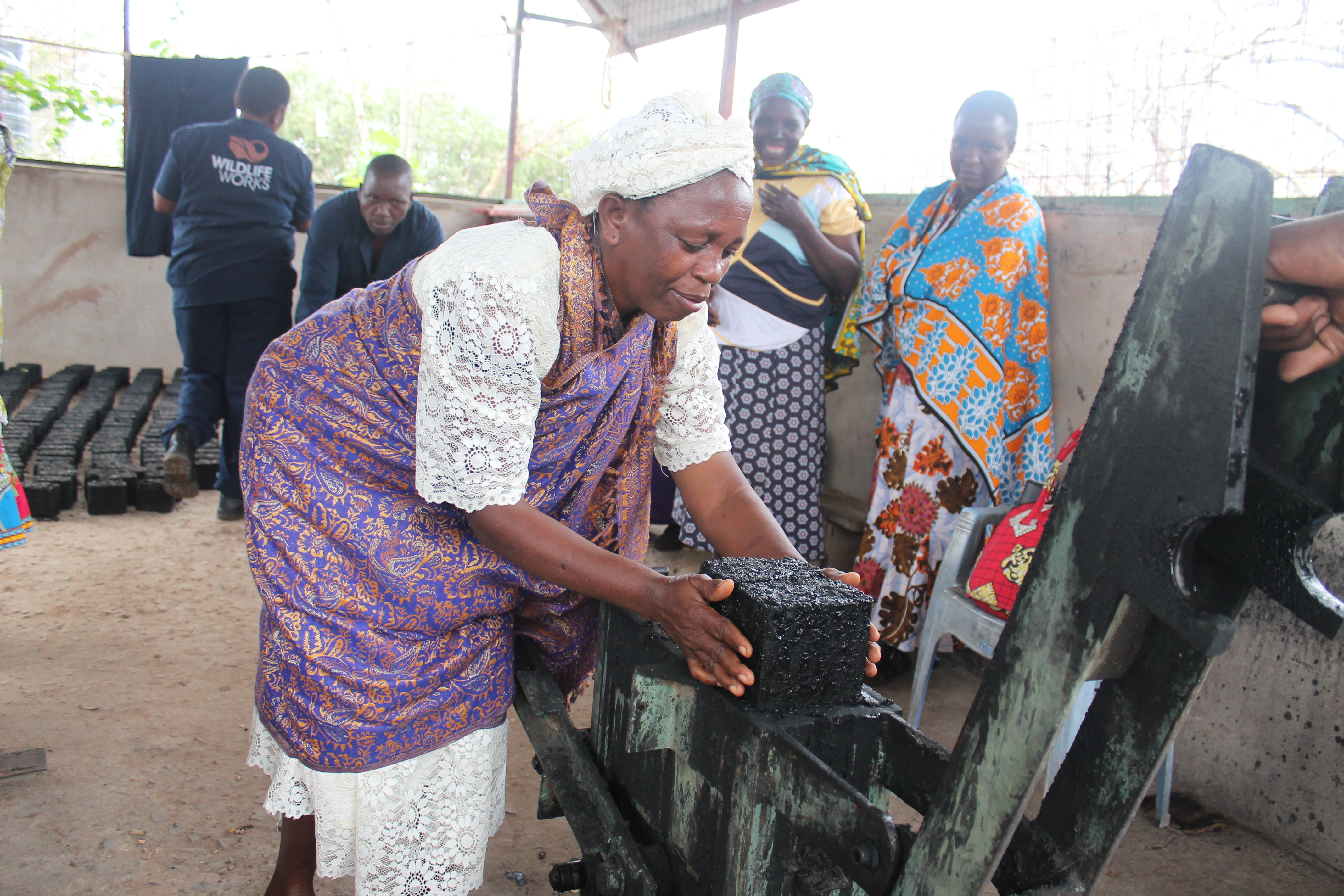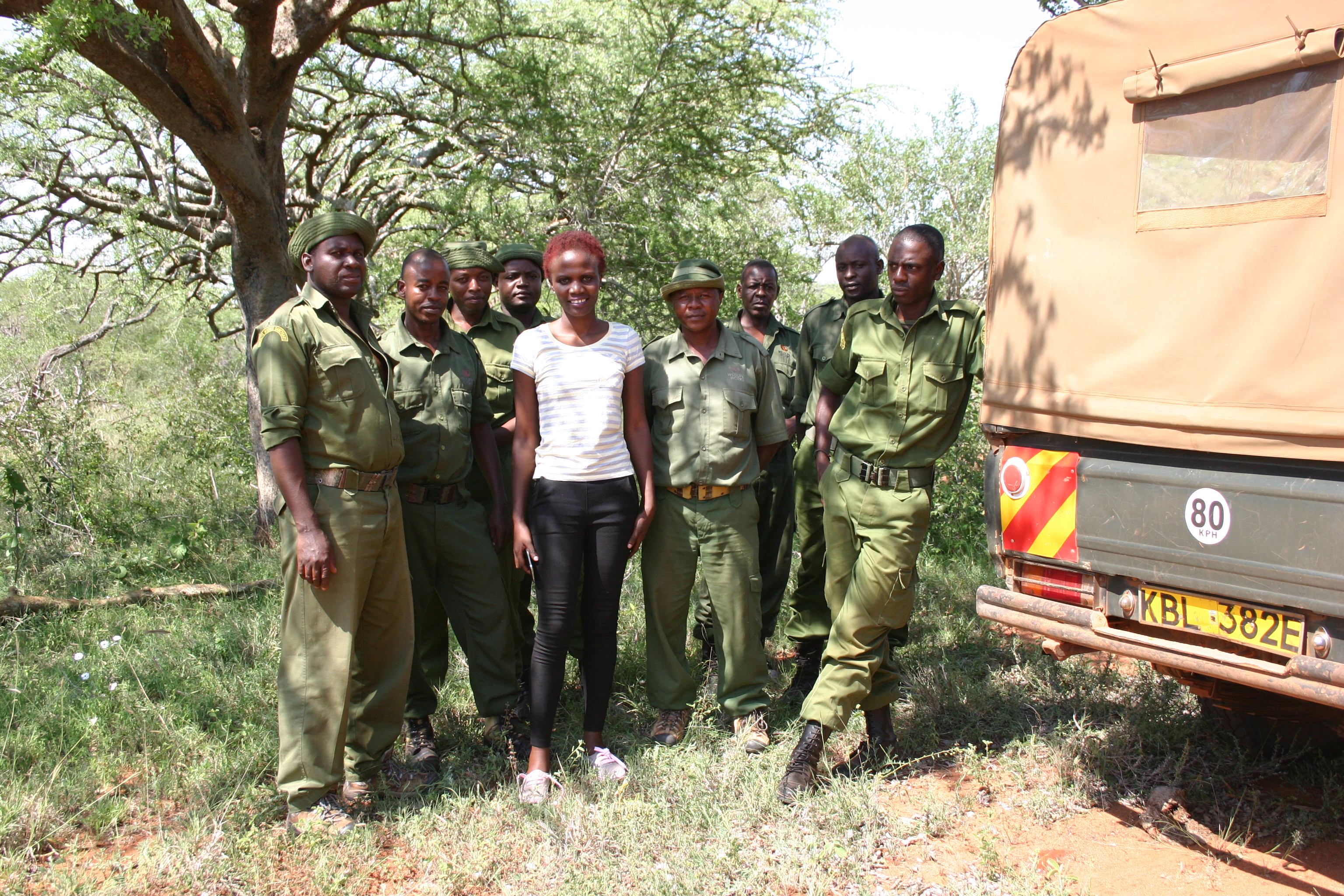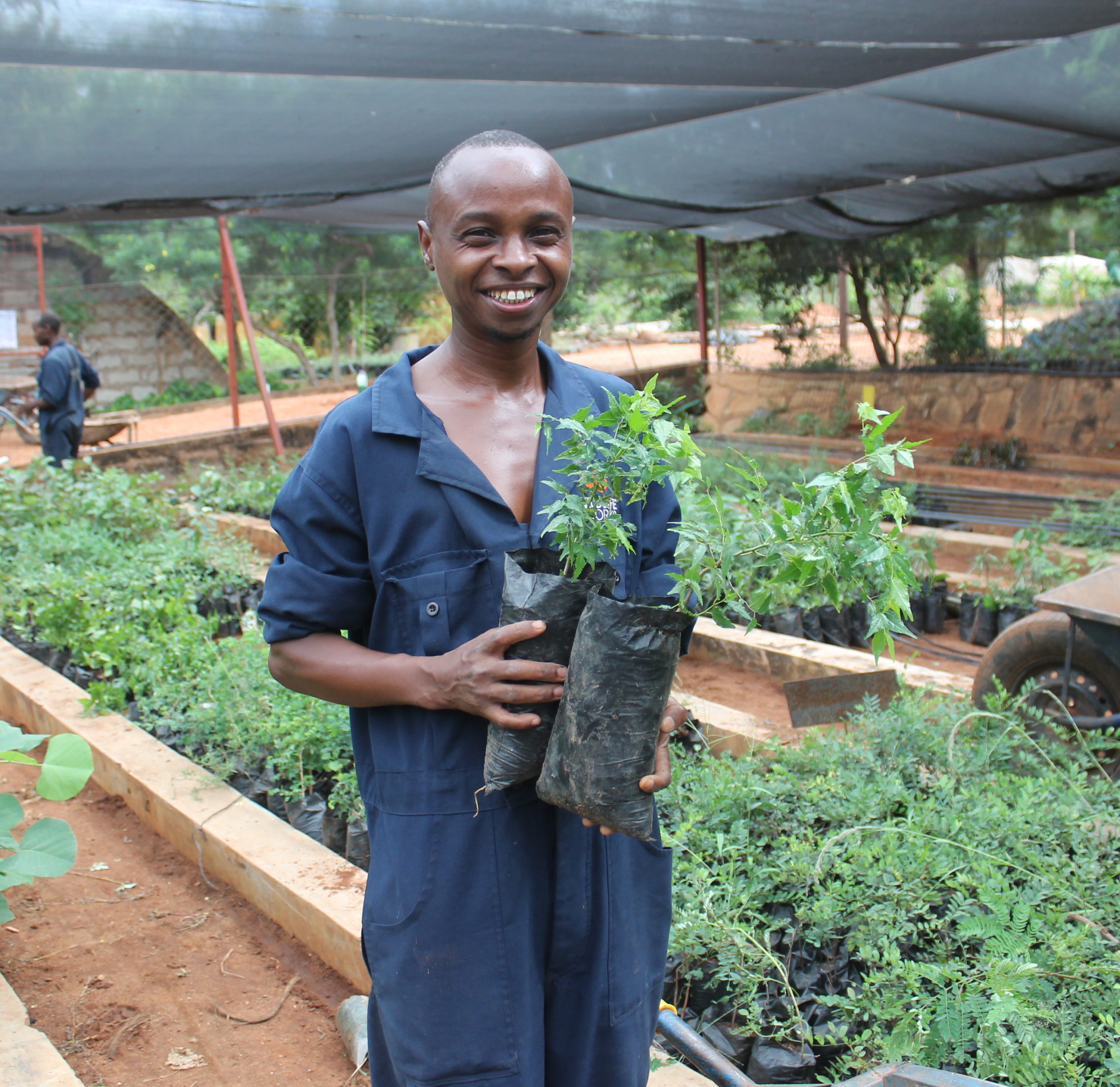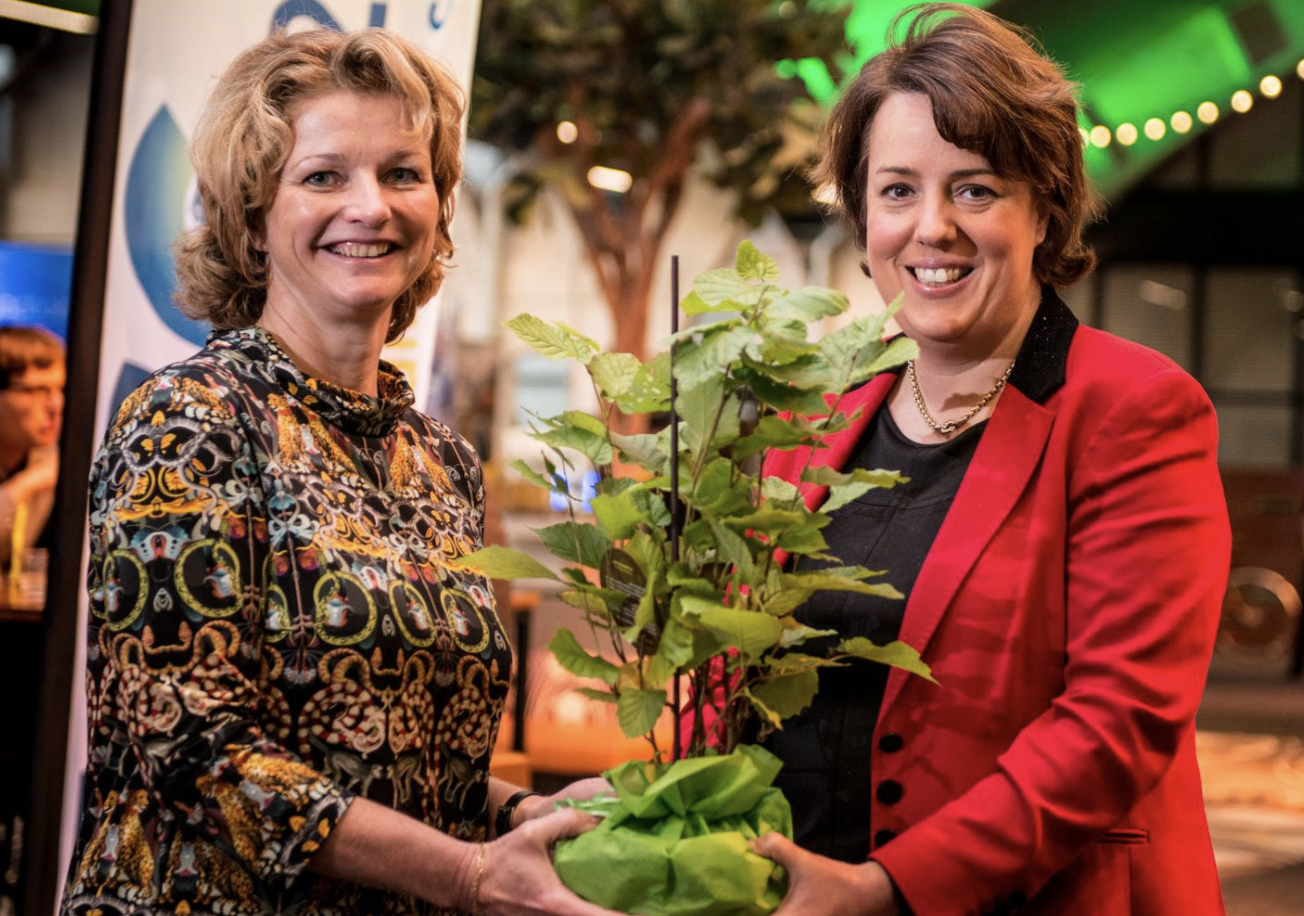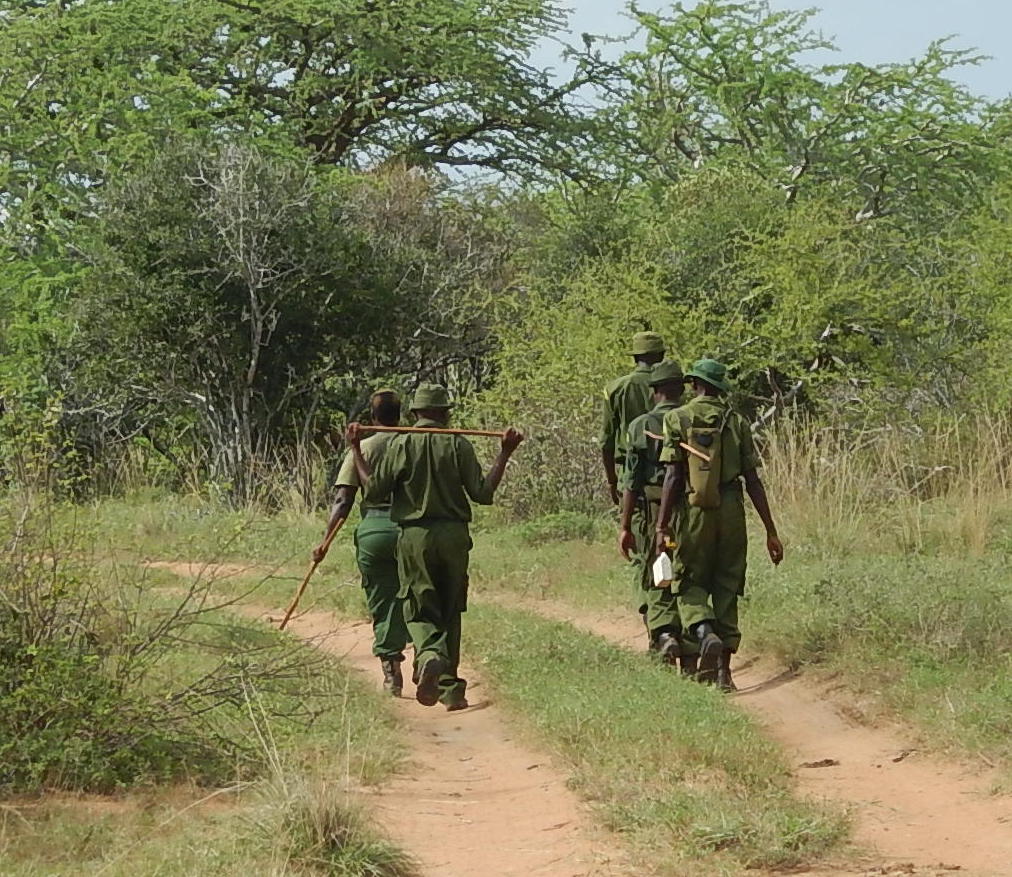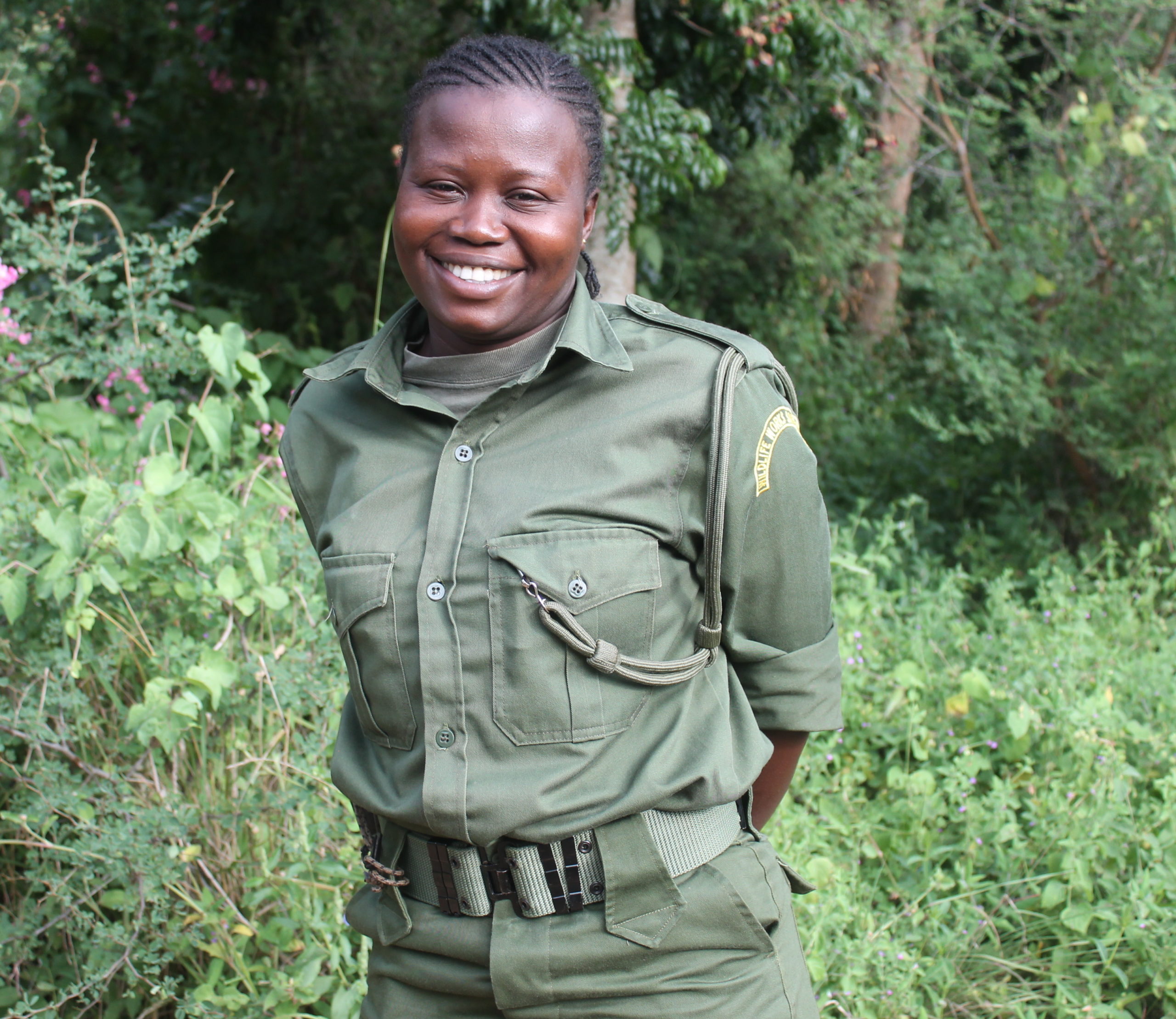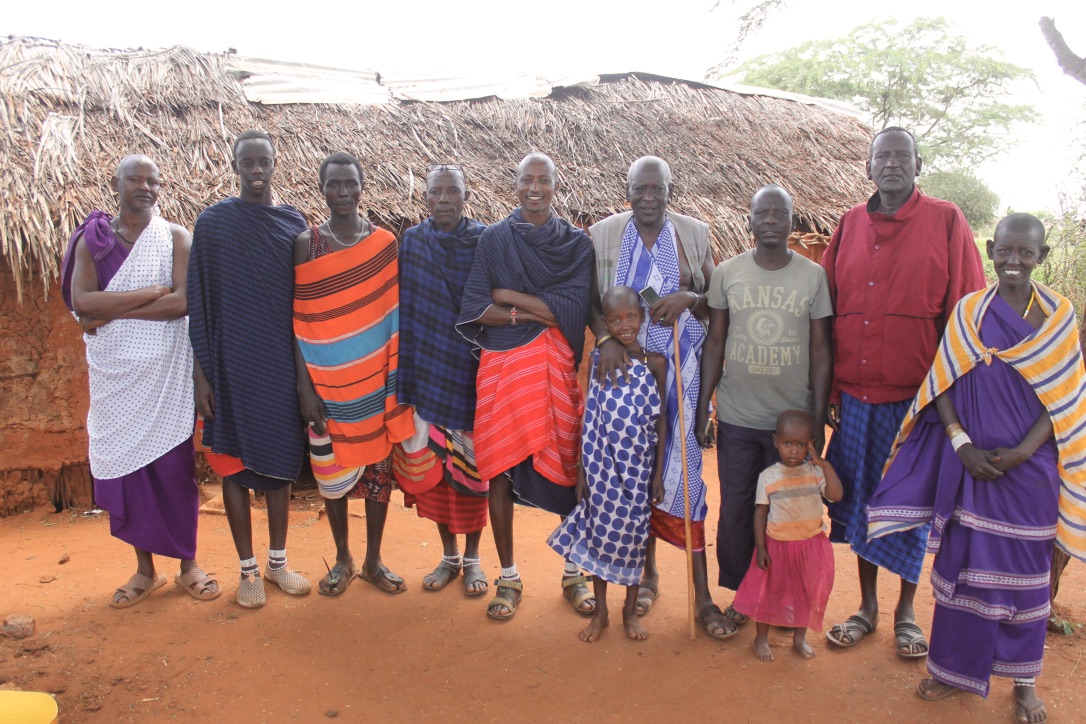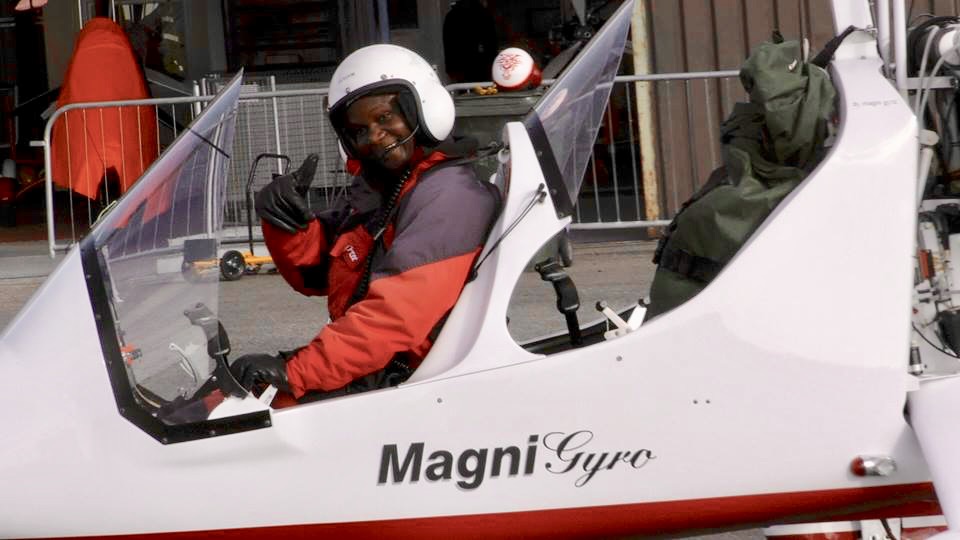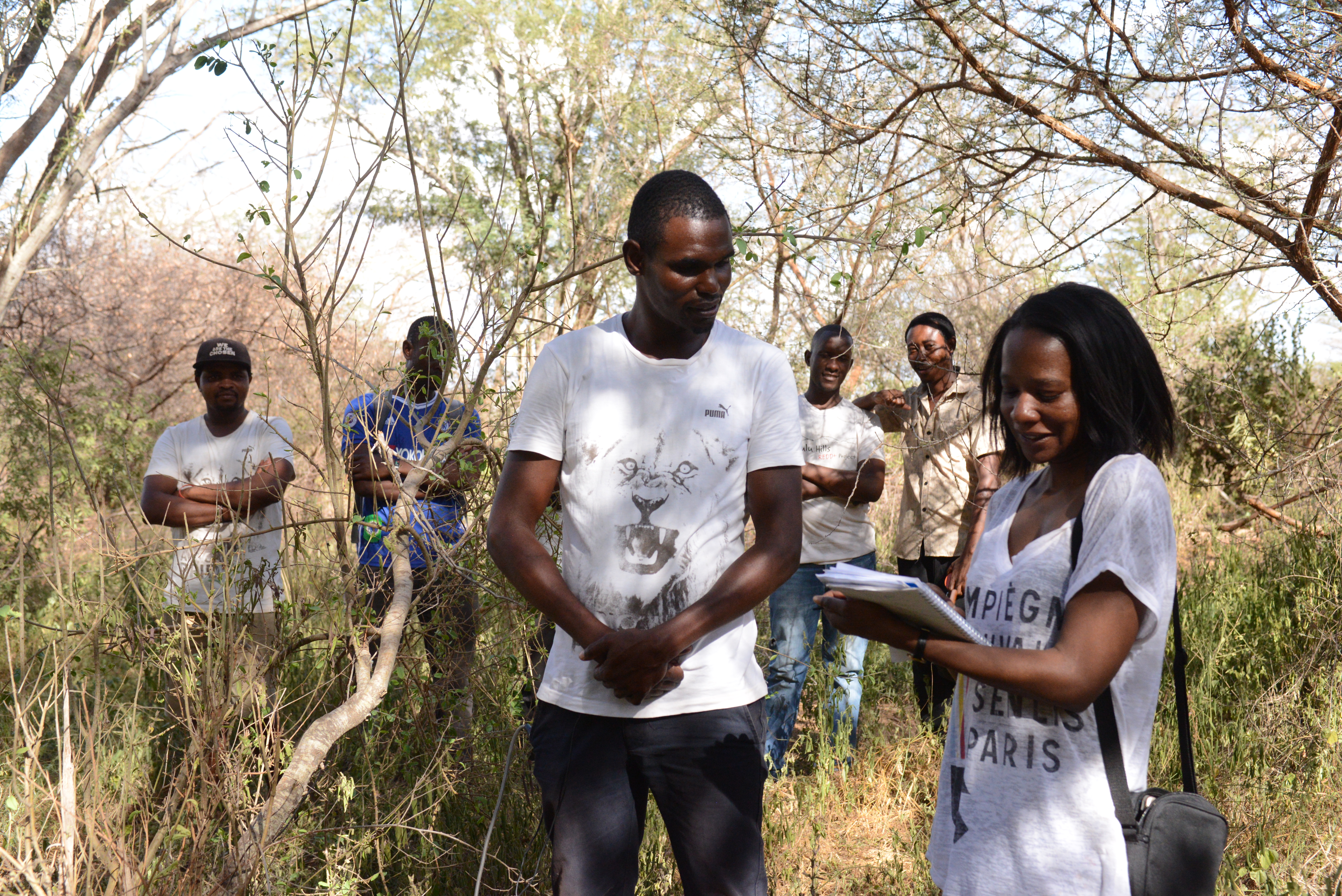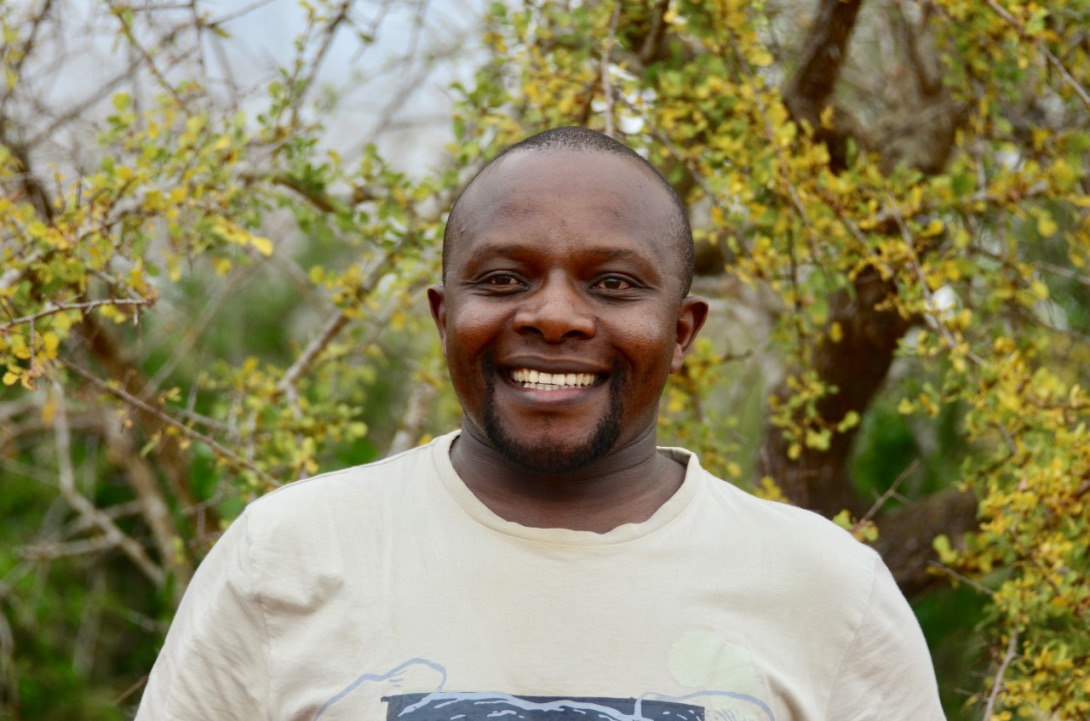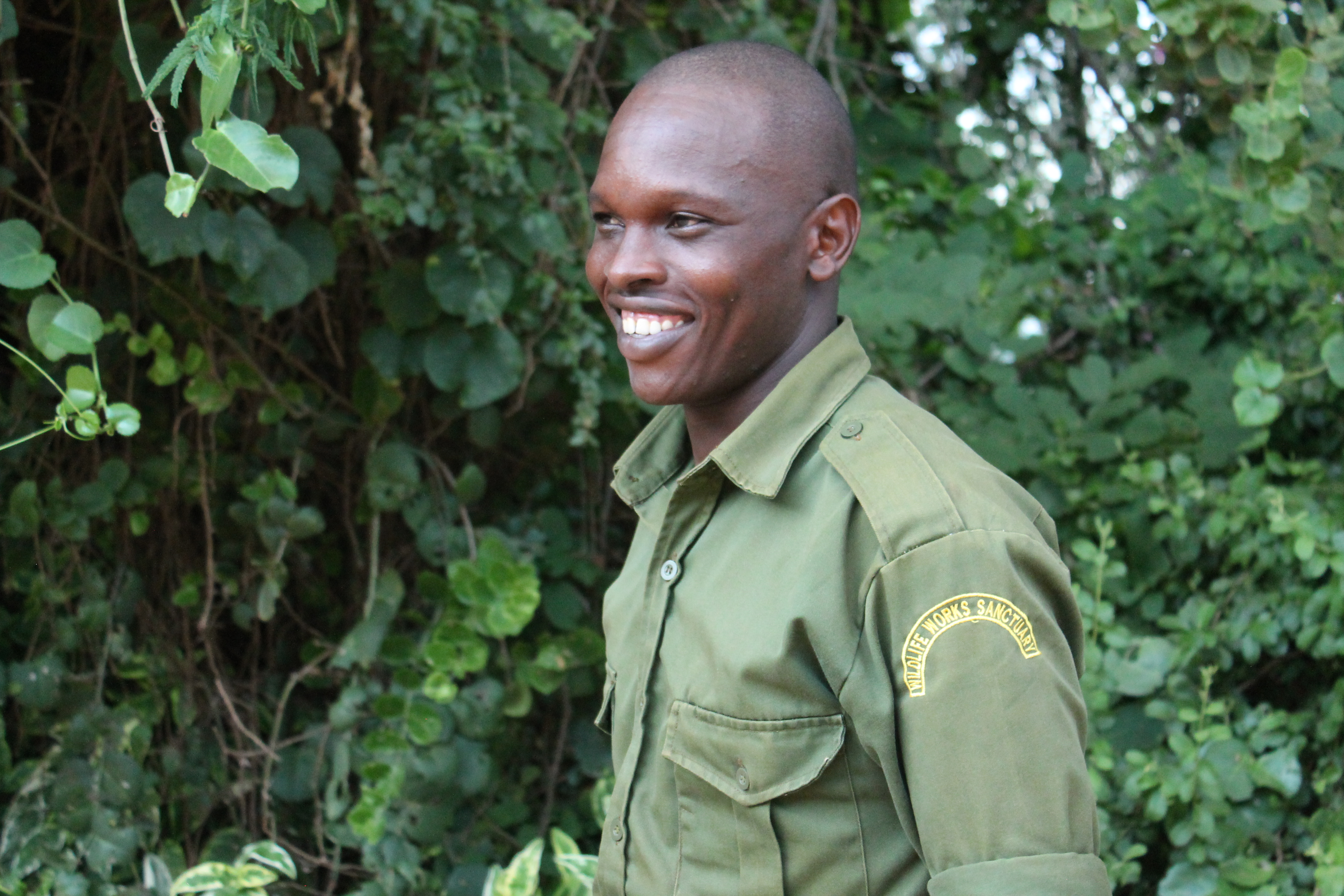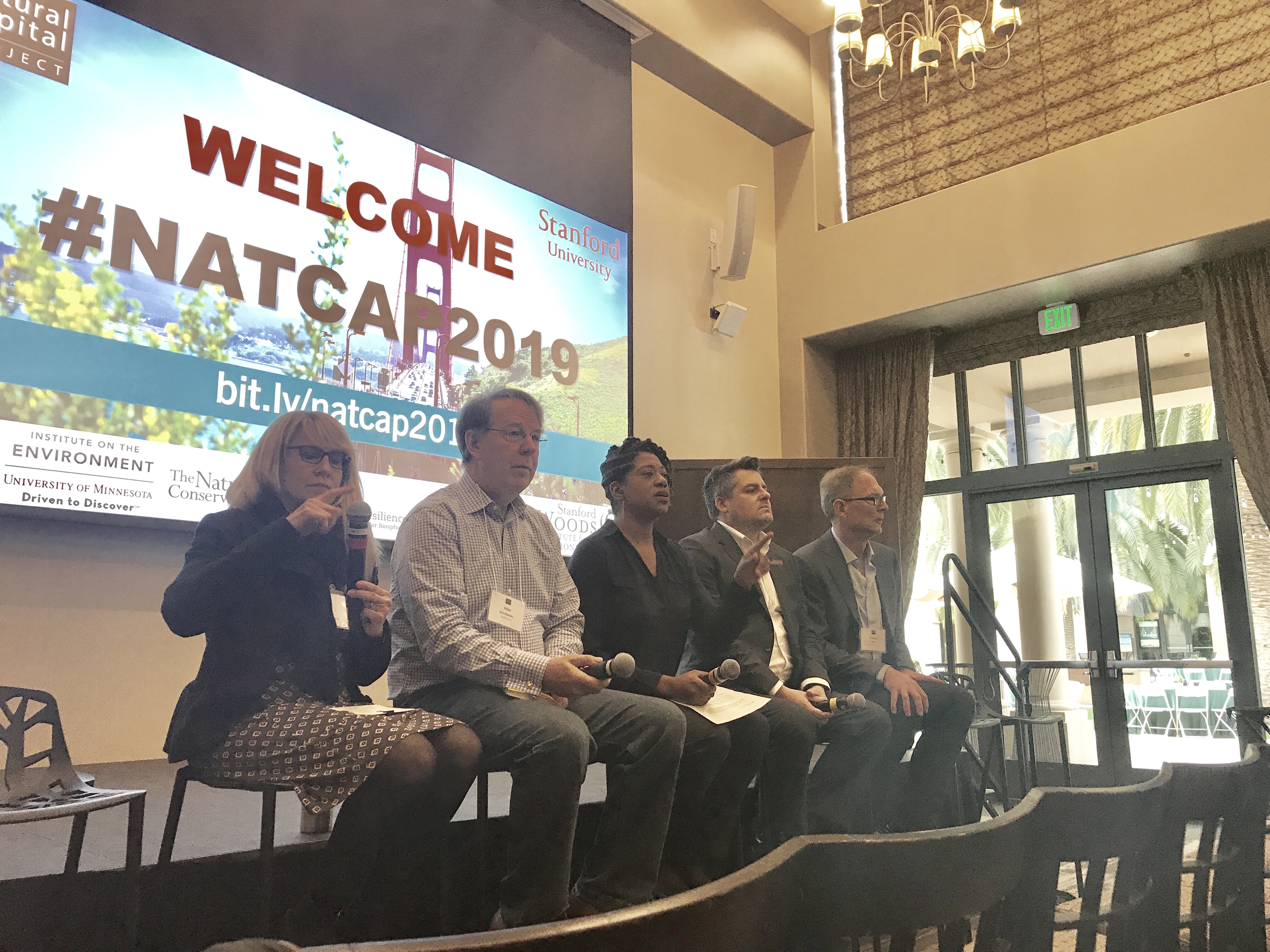Adventures in REDD+
- Adventures in REDD+, Agriculture, Climate Change, Democratic Republic of the Congo, Forest Communities
Enhancing Food Security in the Mai Ndombe REDD+ Project Through Agronomy Training
By Jane Okoth Millions of people around the world still face the challenges of food security and malnutrition. One of the main targets of the United Nations Sustainable Development Goal 2 of Zero Hunger is to ensure sustainable food production and implement resilient agricultural practices that increase productivity. On the west side of Lake Mai Ndombe is an indigenous forest community that is part of the Wildlife Works Mai Ndombe REDD+ Project. The area protects over 740,000 acres of rainforest, which is home to chimpanzees, bonobos and forest elephants, and includes some of the most important wetlands in the world. Despite the rich biodiversity of the region, the community still…
-
An Exclusive Interview With Mike Korchinsky, President and Founder of Wildlife Works
Do something to support forest conservation and don’t wait for someone to do it for you, says Mike Korchinsky, the founder and President of Wildlife Works. Watch this exclusive interview with our Media and Communication Officer Jane Okoth What motivated you to start Wildlife Works? What fascinates you most about elephants? What was the status of forests, wildlife and the people before the project started? What is your approach to forest conservation? How did you engage local communities back then? How do you engage local communities to support the conservation plan? Why is the REDD+ mechanism so effective for conservation and sustainable development? With continued REDD+ market success, what could…
-
Honoring fallen forest heroes: Joseph Ngeti and Jessica Njeri
By Jane Okoth In 2020, Wildlife Works lost two of our most devoted rangers after they were each fatally attacked by an elephant in separate incidents. To honor their memory, we take a look at the story of their lives. Joseph Ngeti was a husband, father of three, and one of the longest serving rangers who had worked with Wildlife Works for 15 years. “When we talk about one of the most accomplished rangers in the task force, we are talking about Joseph Ngeti.” says Eric Sagwe, the Head of Security who worked closely with Joseph. “We are also talking about a good, gentle, soft-spoken guy, and a role model…
-
Interview with Dr Mwangi Githiru, Director of Research, Biodiversity and Social Monitoring at Wildlife Works Global program
Dr Mwangi Githiru is the Director of Research, Biodiversity and Social Monitoring at Wildlife Works Global program. His department plays a key role in monitoring and reporting on the impact of Wildlife Works’ REDD+ projects on biodiversity and local communities living adjacent to the project areas in Kenya, the Democratic Republic of the Congo, Colombia and Cambodia. He gives his insight on his department and the role it plays. What is the purpose of your department? The Biodiversity and Social Monitoring Department is responsible for defining, designing and overseeing the implementation of Wildlife Works Biodiversity and Social Monitoring Strategies, both for the Kasigau Corridor Project as well as supporting development…
-
Camera Trapping for Conservation in the Kasigau Corridor REDD+ Project
By Jane Okoth Our best chance at protecting the world’s natural resources to prevent catastrophic climate change effects is by safeguarding and restoring wildlife habitats. The United Nations Sustainable Development Goal 15 “life on land” is all about protecting any living creature that depends on the earth for survival. One of its targets is to take urgent and significant action to reduce the degradation of natural habitats, halt biodiversity loss, protect of threatened species and prevent their extinction. Thanks to a team of nearly 100 Wildlife Works rangers, the Kasigau Corridor REDD+ project of 500,000 acres of dryland forest is one of the protected zones in the vast Tsavo ecosystem,…
-
Kasaine Fences; A Solution to Human-Wildlife Conflict?
By Jane Okoth They may be the most fascinating and intelligent mammals, but in some areas of rural Kenya, elephants pose a major threat to farmers because of their crop-raiding behavior. Human-wildlife conflict occurs frequently in dryland areas with a large wildlife population and the Kasigau Corridor REDD+ project in Kenya is no exception. Joseph Mutua, a small-scale farmer residing in Ngambenyi, which is part of the project area, has been a victim of seasonal crop-raiding for many years. Three days prior to our visit, an adult male elephant had visited his farm and ravaged his pawpaw trees. “It was around 1 am but lucky enough my dog raised an…
-
Meet Jessica Njeri, Wildlife Works Female Ranger
By Jane Okoth Early mornings and evenings are usually the peak times for wildlife activity. Jessica Njeri, a Wildlife Works ranger, is ready to begin her daily patrols by 5 am. The nature of their patrols can be either by car or foot. After a day of different sightings, they will all return to report their wildlife sightings and other findings with their team leader in the late evening. Jessica is part of the 100+ ranger team who patrol the 500,000 acres of dryland forest in the Kasigau Corridor REDD+ Project area. Born in a family of 8 in a remote village called Kisimenyi, Jessica had a love for wildlife…
-
Rising With Resilience, the Story of Charles Nzale
By Carol Chao It’s a warm afternoon at the Wildlife Works greenhouse and it’s always a busy day for Charles Mwavula Nzale. Whenever you visit the greenhouse, you will find the calm composed young man with a wide smile selling and marketing the greenhouse products (such as seedlings), taking stock, or maintaining the equipment among other duties. Charles, now 31, was born and raised in Marungu ward, which is part of the Kasigau Corridor REDD+ Project area. Charles lost his mother at a young age, so, together with his siblings, he had to go and live with his grandmother. Amidst the challenges in his life, which included a lack of…
-
Searching for Signs
By: Jacqueline Jobin Wildlife Works Intern Jacqueline Jobin, is a student from the University of Minnesota in the United States. As part of her time interning with Wildlife Works, she has been observing and learning about each department within the project. Jacqueline spent a day out with the ranger department to get to know more about the project area and the animals within the conservancy. One of my first days interning with Wildlife Works, I had the opportunity to experience a day in the life of the rangers. At sunrise I jumped in the back of the land cruiser, surrounded by rangers in green uniforms, and watched as the sun…
-
Meet Rebecca Mututa, Wildlife Works Assistant Community Relations Officer
By Jane Okoth The Tsavo region, very popular with wildlife, is home to the biggest national park in Kenya and one of the largest elephant populations in the world. As a young girl living close to Tsavo East, Rebecca Mututa would encounter wild animals from time to time. “This gave me the inspiration to learn more about animals by working in a conservation organization,” she says. Rebecca grew up in Voi, a small town 30km from Wildlife Works’ Head Office with a population of at least 50,000 people. “My passion for working hard was ignited by watching my mother struggle to put food on the table. I put a lot…


